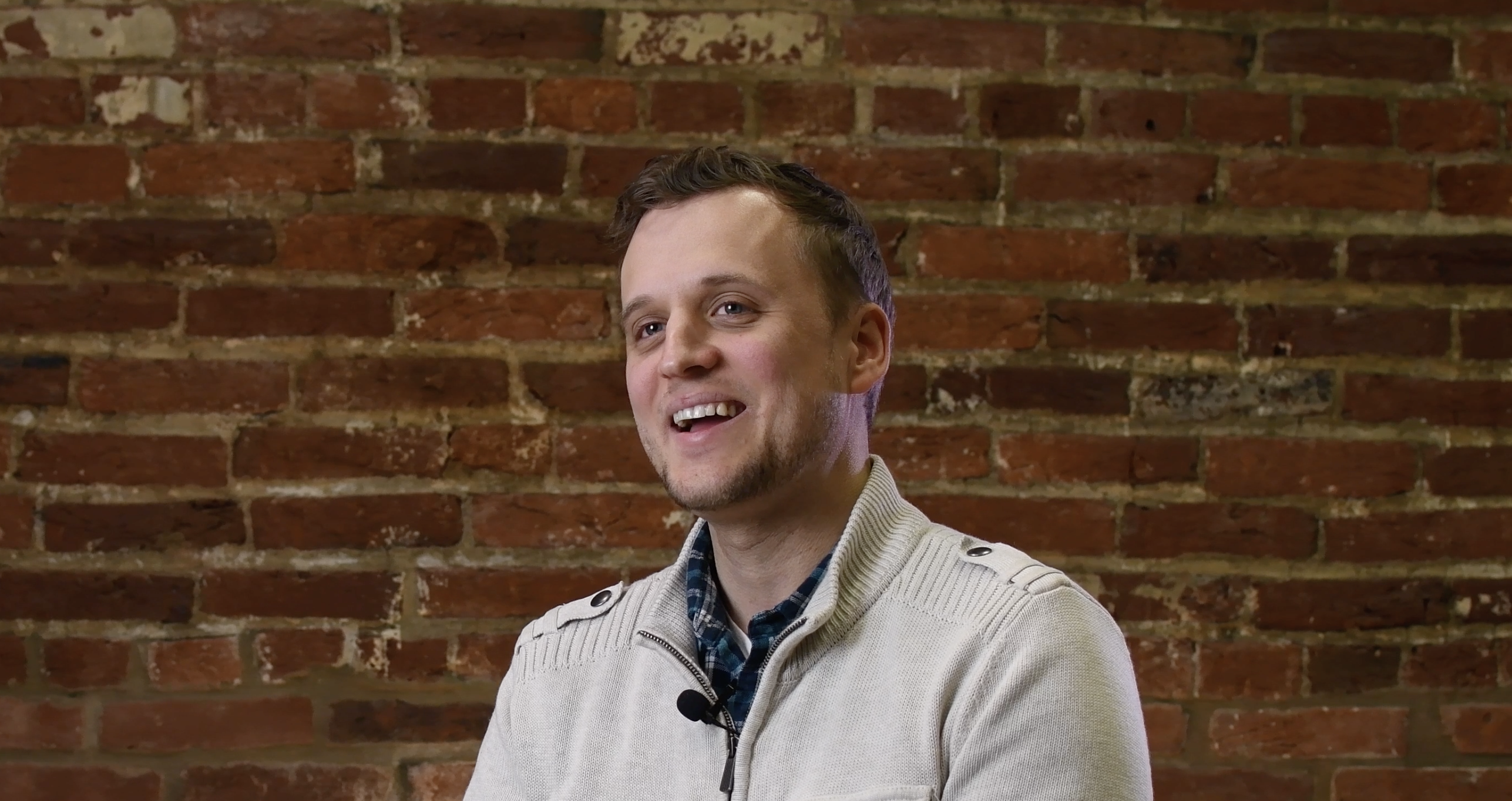Reading Time: 6 minutesEveryone knows that the internet has made information easily accessible, especially when it comes to pornography. Perhaps the most unsettling consequence of readily available pornography online is how your children could be intentionally, or unintentionally accessing it. One misguided search and your kids could be running down a rabbit hole of sites that no person should be looking at. (We have an in-depth guide on how pornography affects children and teens here).Knowing how to talk to your children when they view pornography might be one of the hardest dilemmas facing parents. Adam Savage--the guy from the hit show MythBusters--was on The Moth podcast "Stories Told Live" series discussing this topic. If you want to listen to it yourself, you can check it out via this link. I highly recommend it, Adam Savage has a great personality and is a fantastic speaker--and it's only about 10 minutes long!But I think it's so important for parents worried about how internet pornography might be popping up in their children's internet searches that I've summed it up for you below:


